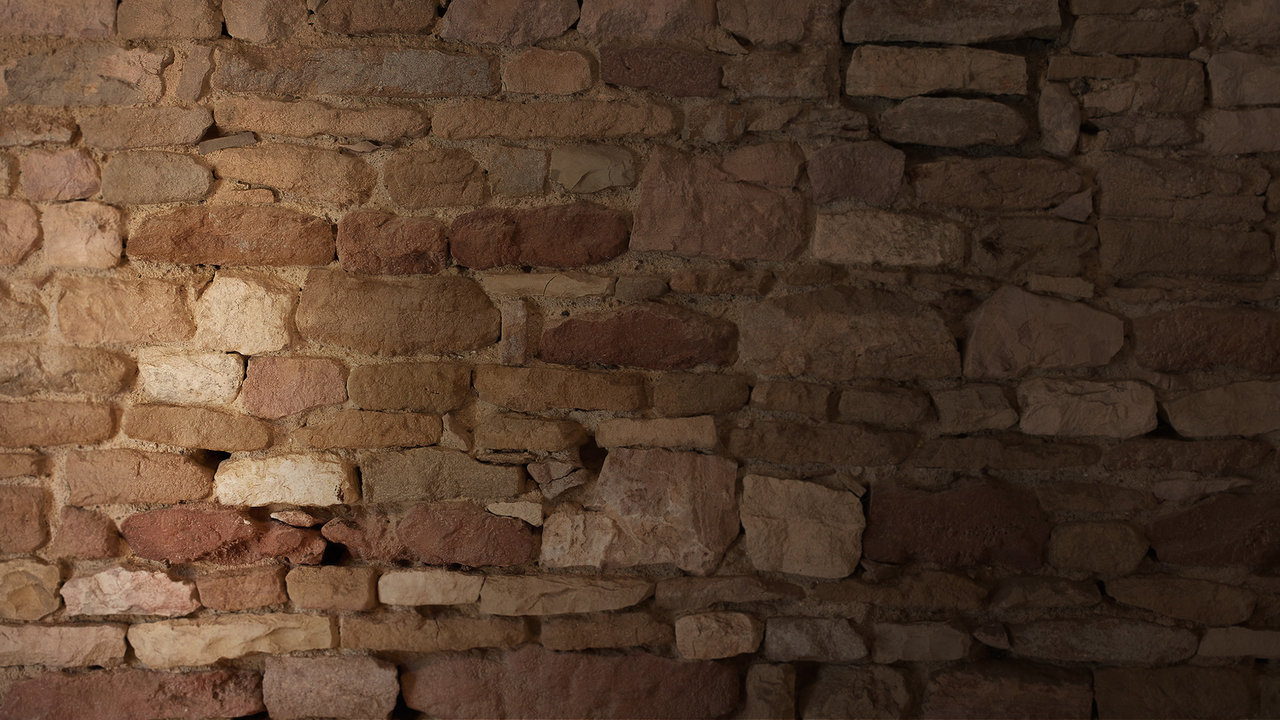Nuits-Saint-Georges
Premier Cru "Aux Perdrix"
Cuvée "Les 8 Ouvrées"
 Terroir
Terroir
This cuvée had been produced to pay tribute to history. Indeed, it comes from the oldest vines planted in 1922 of the famous Premier Cru "Aux Perdrix" and covers 8 ouvrées. The vines are located on the north side of the climat (East exposure) on a clayey dominance soil. The word "ouvrée" is the unit measure used in Burgundy for the vines surface. It used to represent the surface that a winegrower could dig on 1 day and corresponds to 4.28 ares (0.105 acres).
 Winemaking and Aging
Winemaking and Aging
Grapes are harvested by hand then sorted out and totally destemmed.
Maceration is made and alcoholic fermentation lasts from 15 to 18 days in temperatures' control vats, with punching of the cap.
Aging is 100 % made in oak barrels during 18 month.
Malolactic fermentation is 100 % realized. Wine is bottled in Traditional Burgundy bottles.
The cork is marked with the estate's name and the vintage. Robert Vernizeau is the winemaker at Domaine des Perdrix for 16 years.
Maceration is made and alcoholic fermentation lasts from 15 to 18 days in temperatures' control vats, with punching of the cap.
Aging is 100 % made in oak barrels during 18 month.
Malolactic fermentation is 100 % realized. Wine is bottled in Traditional Burgundy bottles.
The cork is marked with the estate's name and the vintage. Robert Vernizeau is the winemaker at Domaine des Perdrix for 16 years.
 Tasting notes
Tasting notes
Lovely garnet red colour.
The nose is intense, complex and rich with riped fruits, and mild-spices aromas as cocoa and vanilla aromas.
On the palate, the wine is massive, needs to breath, dense and recall the red fruits and spices notes.
The nose is intense, complex and rich with riped fruits, and mild-spices aromas as cocoa and vanilla aromas.
On the palate, the wine is massive, needs to breath, dense and recall the red fruits and spices notes.
 Food and wine pairings
Food and wine pairings
The Nuits-Saint-Georges Premier Cru Aux Perdrix, cuvée 'Les 8 Ouvrées' 2015 will perfectly pair with marinated games as deer with prunes, venaison's shoulder with cranberries as well as raw milk cheeses : Epoisses and Chaource.
 Service and cellaring
Service and cellaring
It can be served at 13-14° C or kept in cellar between 8 to 12 years.
 Art of tasting
Art of tasting
Owning great wines in your cellar is not enough, you also need to know how to serve them.
Temperature is an essential element around 53-57°F for the white and 55-59°F for the red. And if you don't have the right tasting glass which will amplify the wine's aromas, you may considerably reduce your tasting pleasure.
A great glass gives a large ventilation surface to the wine and a tightening neck, which allow the nose to grasp more casily the richness and the complexity of a great wine.
Temperature is an essential element around 53-57°F for the white and 55-59°F for the red. And if you don't have the right tasting glass which will amplify the wine's aromas, you may considerably reduce your tasting pleasure.
A great glass gives a large ventilation surface to the wine and a tightening neck, which allow the nose to grasp more casily the richness and the complexity of a great wine.


